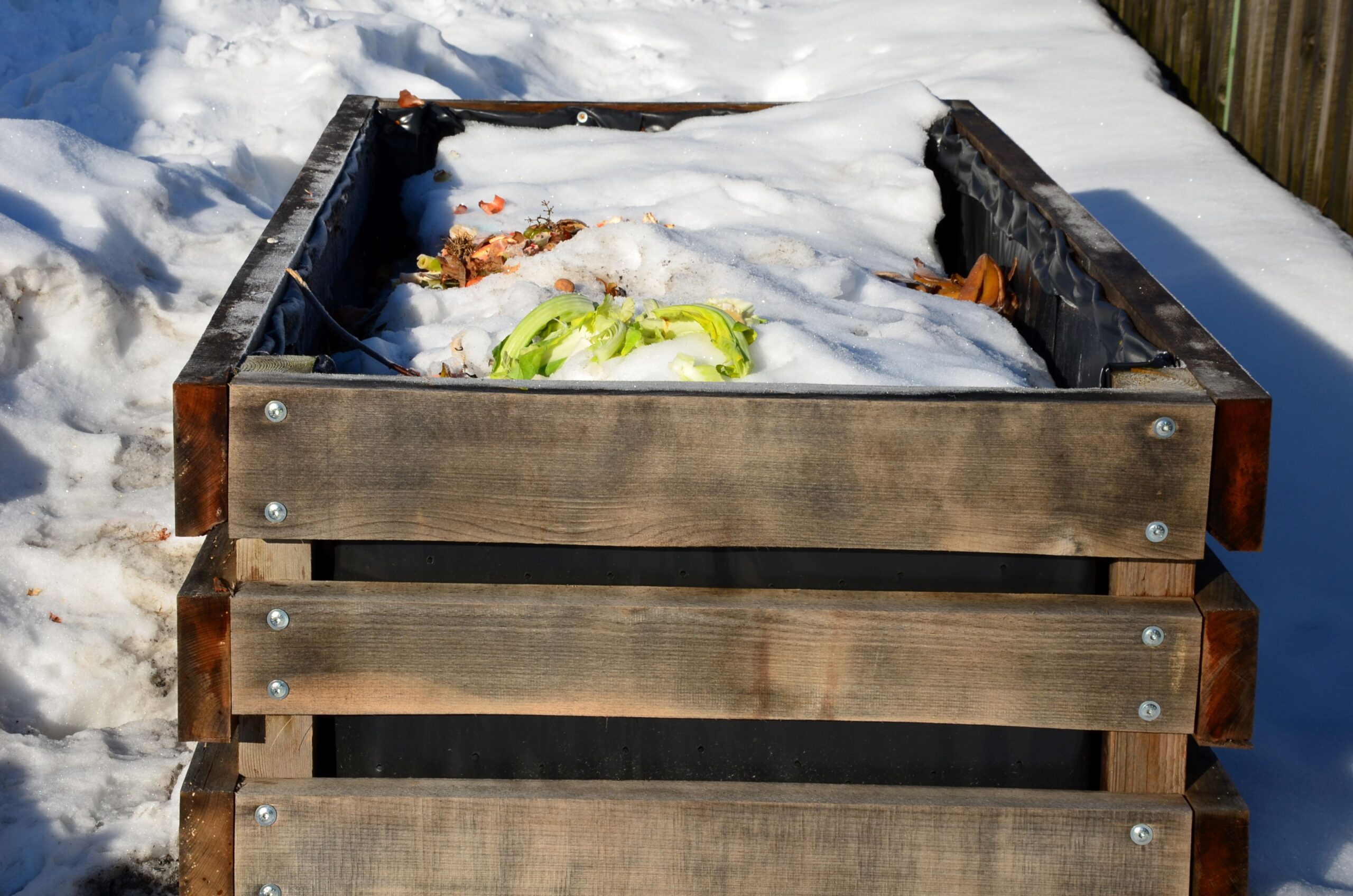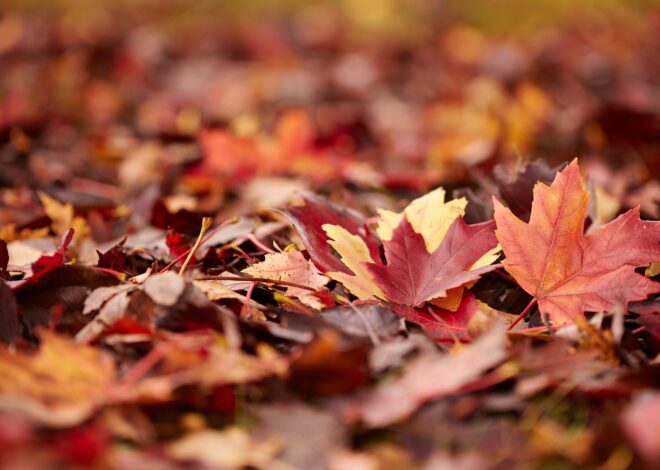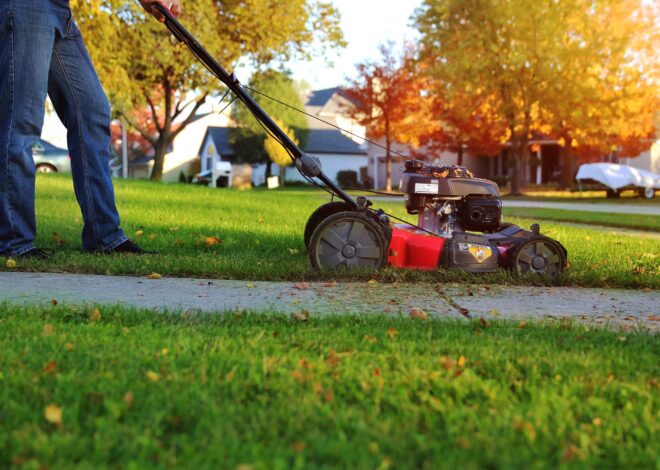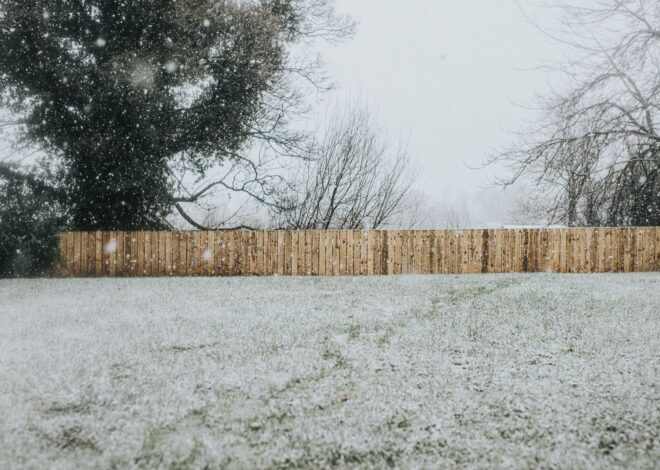
10 Ought to-Know Concepts for Composting in Winter
Gardeners often assume exterior compost piles stop working in chilly local weather, nevertheless useful microbes can proceed to interrupt down compost all winter. The difficulty is that composting takes for for much longer in chilly local weather, and winter gardeners can shortly end up with a backlog of composting elements that don’t match into their bins. Nonetheless, there are strategies to rush up winter composting and make additional compost even inside the depths of winter.
1. Harvest accomplished compost.
To be sure you have a great deal of room for winter composting, harvest all the accomplished compost out of your compost pile or bin sooner than winter arrives. Inside the fall, apply this accomplished compost on to your yard or retailer it in a garbage can or beneath a tarp until you’re ready to utilize it in spring.
2. Stockpile leaves and totally different carbon-rich objects.
Fallen sticks, twigs, and leaves are appreciable in autumn, nevertheless they’re lots more durable to come back again by when a thick blanket of snow covers the underside. Fill a garbage bag or two with this stuff to be sure you have a great deal of “brown” supplies for winter composting. You presumably can add these leaves and twigs to your compost bin in winter to stability out nitrogen-rich “inexperienced” kitchen scraps and protect compost piles from turning into too moist and smelly.
3. Make the pile better.
Compost piles proceed to interrupt down in chilly local weather as long as the compost doesn’t freeze steady. Developing large piles on the very least 3 toes intensive by 3 toes tall reduces the likelihood that your compost will freeze over. For many who wish to work with a compost bin, choose intensive and temporary bins, fairly than tall and skinny ones, to take care of your compost a bit hotter.
Don’t panic! It’s common for warmth compost piles to let off some steam in winter.
4. Stop turning your compost.
Turning compost piles in the middle of the warmer months aerates the compost and helps pure matter break down sooner. Turning compost in winter typically is a fundamental downside, and it causes compost piles to sit back off shortly, making them additional extra more likely to freeze over. You presumably can flip compost if there’s a spell of warmth local weather, nevertheless in every other case, it’s best to stay away from turning compost in winter.
5. Add insulation.
After together with your composting elements, the very best method to insulate a compost pile is to heap dried leaves, woodchips, or weed-free straw over the pile. When you want to take points further, you can mound bales of straw spherical your compost pile or bin or protect your compost lined with a sheet of aluminum-backed bubble wrap or a store-bought compost cowl. Upcycled Mylar bubble mailers may be taped collectively to create an insulating compost blanket.
6. Don’t compost invasives or weed seeds.
Composting invasive crops, diseased or pest-ridden provides, or weed seeds is harmful at any time of 12 months, but it surely certainly’s even riskier in winter. Whereas weed seeds and totally different problematic objects can usually be destroyed with scorching composting, it’s lots more durable to get compost piles scorching adequate in winter for sterilization to occur. For many who encounter these provides in late fall to winter, it’s lots safer to burn them in your fire pit.
7. Regulate moisture ranges.
Moist winter local weather may trigger compost piles to develop to be saturated with water and enhance leaching, whereas overly dry conditions inhibit the composting course of. You presumably can stay away from these factors by loosely overlaying your compost with a lid or tarp and together with additional moisture to your kitchen scraps in case your pile runs dry.
Slicing kitchen scraps and totally different pure provides into small gadgets helps them decompose sooner.
8. Incorporate picket ashes fastidiously.
For many who burn picket in your fireside or woodstove for additional heat in winter, there’s an incredible chance you possibly can have quite a few picket ash accessible. Whereas this ash may be added to compost piles in small parts, it’s essential to not overdo it. An extreme quantity of picket ash can alter the pH of compost and inhibit the composting course of.
9. Perform frequent inspections.
On chilly winter days, likelihood is you will solely have to shortly pour kitchen scraps into your compost pile sooner than scurrying once more indoors. When the local weather is a bit hotter, it’s a superb suggestion to take just some additional moments to check the compost pile and perform minor adjustments to boost composting. Which can look like mixing in additional brown provides, together with additional moisture, or turning over the compost if the local weather is warmth adequate.
10. Try indoor composting.
Certainly one of many trickiest elements about composting in winter is that big volumes of “brown” carbon-rich provides are more durable to look out when gardens aren’t actively rising. You most likely have quite a few kitchen scraps and no brown provides to stability them with, switching to indoor composting in winter may make a complete lot of sense. Every worm composting and bokashi composting course of kitchen scraps with ease, they often’re every small and space-friendly. Nonetheless, solely bokashi composting can break down meat and dairy.


